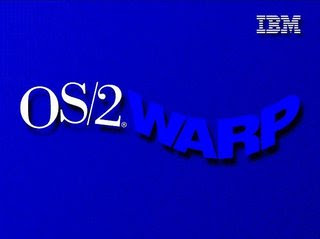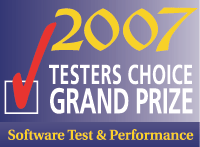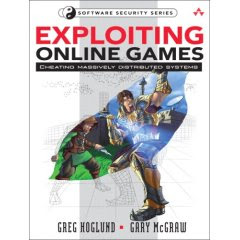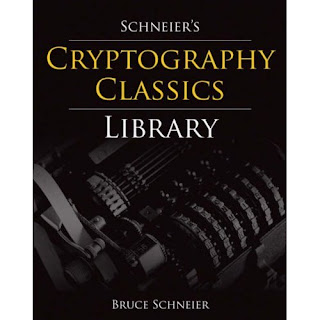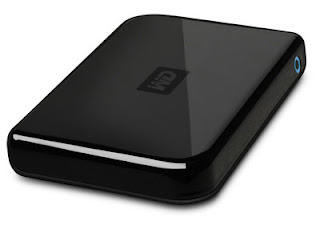 I was recently asked to advise local lay leaders about the sorts of things that a church or synagogue should have on its Web site. Here’s a short essay written in response. I hope this is interesting for other local-area non-profits as well.
I was recently asked to advise local lay leaders about the sorts of things that a church or synagogue should have on its Web site. Here’s a short essay written in response. I hope this is interesting for other local-area non-profits as well.
1. Broad buy-in and lots of contributors — not just from techie Webmasters
A Web site that’s a passionate activity from one or more “web gurus” but lacks a lot of support from the lay leaders, clergy, professional staff and committee/auxiliary leaders may shine for a while, but then will peter out. The Web site should have broad buy-in, and should have representation and discussion at all levels of church or synagogue life. It’s important, by the way, to not oversell what the Web can accomplish. Your Web site can help congregants and community find information. It’s not a “push marketing” tool that can replace your monthly newsletter, e-mail newsletters and mailings, postcards, or fliers in your foyer. The Web site augments your other communications efforts — it doesn’t eliminate them.
2. Steak AND sizzle — that is, it should be good looking AND filled with useful information
Nobody wants a boring Web site. But nobody wants a site that merely has lots of great photos of your building and clergy, and not much else. Think about why people visit your Web site, and make sure those visits are successful. Chances are people are looking for something. Do you know what your congregants are looking for? Is it there? Can they find it? Can they find it quickly and easily? When they find it, is it complete and up to date?
3. A mix of both timely content and static reference — and a clear separation of the two
Some people are searching your Web site for that’s new and timely, like what time worship services are this week, the pictures from last weekend’s celebration, the clergy’s most recent sermon, whether a specific club is meetng during the next public-school holiday, or if that meeting is cancelled or postponed. Sometimes they’re looking for static information, like permission forms, the main office phone number, MP3 files of familiar blessings, clergy biographies or list of charitable institutions that your church/synagogue supports. A best practice is to lead your site with the timely and changing information. Relegate reference material to deeper pages, but just make sure people can find it.
4. A good editor and a sense of “less is more”
People don’t go to the Web site to read War & Peace. They go there to find out if they want to buy the book! Similarly, they probably don’t want a long verbose explanation of your worship philosophy, they want to know when your special family worship services will be held this month and if you’re serving mac-and-cheese or burgers beforehand. When it comes to timely information, people don’t read, they skim. They want answers, they want information, they don’t want novels. What they don’t want is a page full of text (like this essay). Be brief! If you’re writing the history of your congregation, use single sentences where paragraphs would do. A picture is worth 1000 words. Use the photo, spare the words, and your members will be happier.
5. Interactivity so that congregants can engage your site, not just refer to it
Forms are an important and popular way to involve members with your Web site — forms to register for religious school, for example, or to RSVP for adult education events. You can also set up forums, snap polls, and other resources so that your members can contribute to your Web site, as well as just reading it. Now, bear in mind that if you make a lot of interactive features, they may get low traffic at first. Don’t be discouraged!
6. Ways to increase donations — in an appropriate way, of course
Web sites offer tactful and tasteful ways to raise money for your church or synagogue. For example, you can create simple donation forms, which let your members (and other interested people) make donations in honor of memorials, weddings and “just because.” If you sell prayer books or ritual objects, you can offer them on your Web site, for the convenience of both your congregation and your local community. You can also make money by setting up an Amazon Associates program, so that congregants can donate every time they buy something — Amazon pays between 4% and 8.5%. You can even sell ads to local businesses that traditionally support your congregation. It’s up to you — and to your clergy and lay leadership, of course, to determine what’s right.
7. A bright fresh face — without outdated forms, events and photos
Stores regularly change their window displays. Does your Web site change its window display — that is, the home page? It’s tempting to make the top of the home page (the first screen you see without scrolling) a static area, with a picture of your building or clergy, and perhaps your mission statement, but imagine how that looks to a congregant coming back. It looks like nothing has changed. Use this most precious real estate for the most timely information. If you show photos on your home page, consider rotating them through a slide show. Also, remove outdated information right away. Get rid of the flier for a 2005 summer camp, and the 2006-2007 religious school sign-up form. Nothing makes a site seem stale more than welcoming visitors with your Christmas or Chanukah celebration schedule…. the following February.
8. A modern “Web 2.0” look, feel and functionality
Many of your congregants — and not just the young ones! — are very Web savvy. They use Google, they shop online, they spent hours in front of a browser. They are acutely aware of when a Web site is using old technology, and they appreciate the latest advances. There’s no reason for your site to look like a holy relic. You can easily incorporate modern features like blogs, RSS feeds (i.e., incorporate external data sources), and even audio & video into your site. Be sure, of course, not to let dazzle overwhelm you. Also make sure that you can continue what you start, as nothing looks worse than a blog that’s not updated regularly, or seeing audio feeds of your clergy’s sermons… up to March 2006. However, when used effectively and consistently, Web 2.0 technologies can make your site exciting and compelling, and make your ancient institution seem modern.
9. Search engine optimization so people can find you easily
Some people will find information on your Web site by browsing to your home page, and by navigating through your menus. But many other people will find information by searching through Google, MSN, Yahoo, and other search engines. Think about the type of queries that someone might make to find you, like “religious school miami” or “confirmation classes bay area” or “presbyterian denver” or “bar mitzvah lessons seattle.” Does your Web site come up? You can improve the odds by engaging in search engine optimization. That’s a combination of making sure that pages have the right keywords and content, and that you provide the right “hints” to the search engine themselves. It’s a bit of work… but it can improve your church or synagogue’s Web visibility, and maybe even help new members find you.
Z Trek Copyright (c) Alan Zeichick
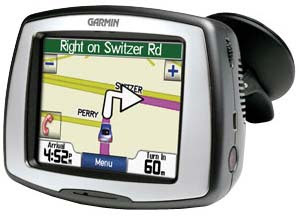 Let me start by saying that I am not a GPS expert (though I have owned quite a few of them). I have not done an exhaustive study of all the consumer-grade Global Positioning Systems currently available this holiday season.
Let me start by saying that I am not a GPS expert (though I have owned quite a few of them). I have not done an exhaustive study of all the consumer-grade Global Positioning Systems currently available this holiday season.
